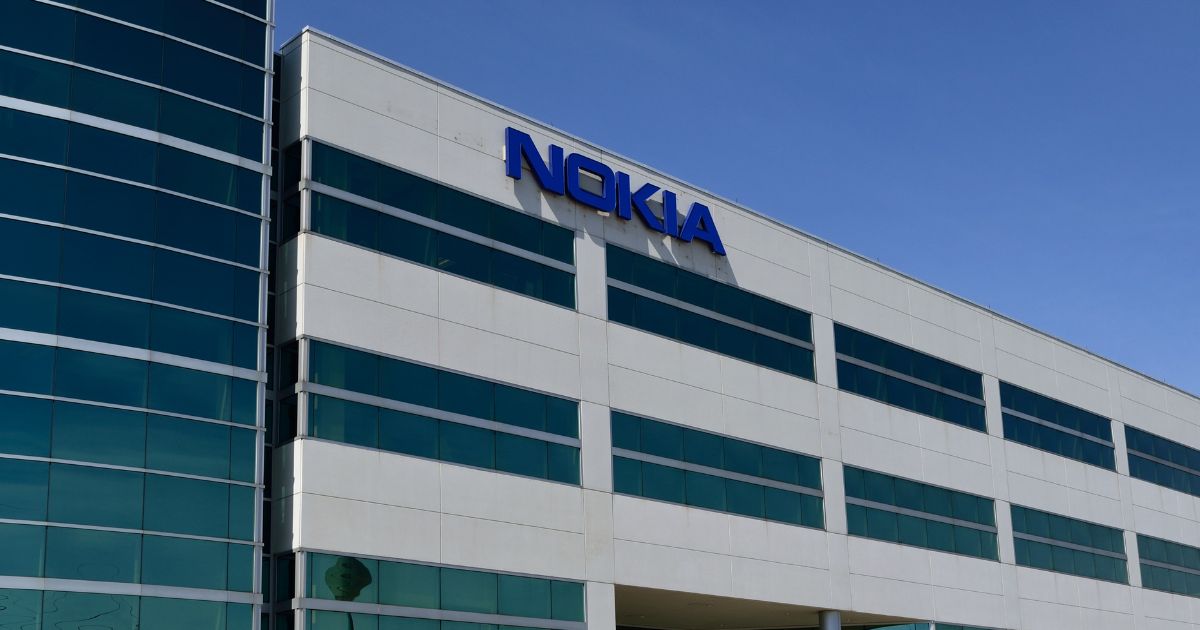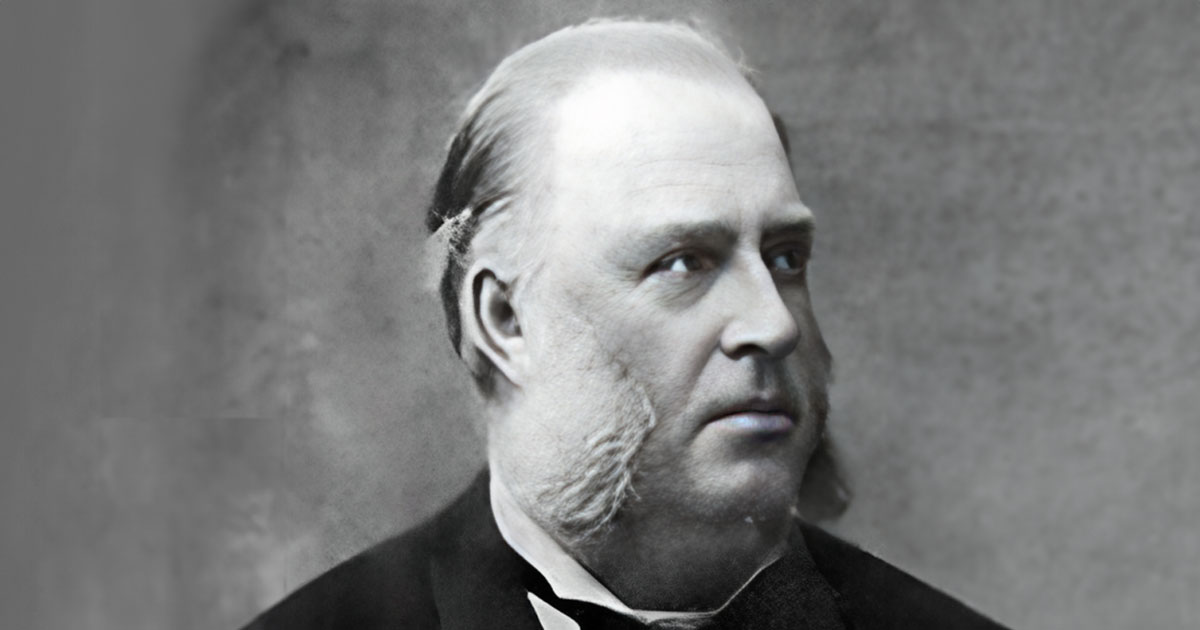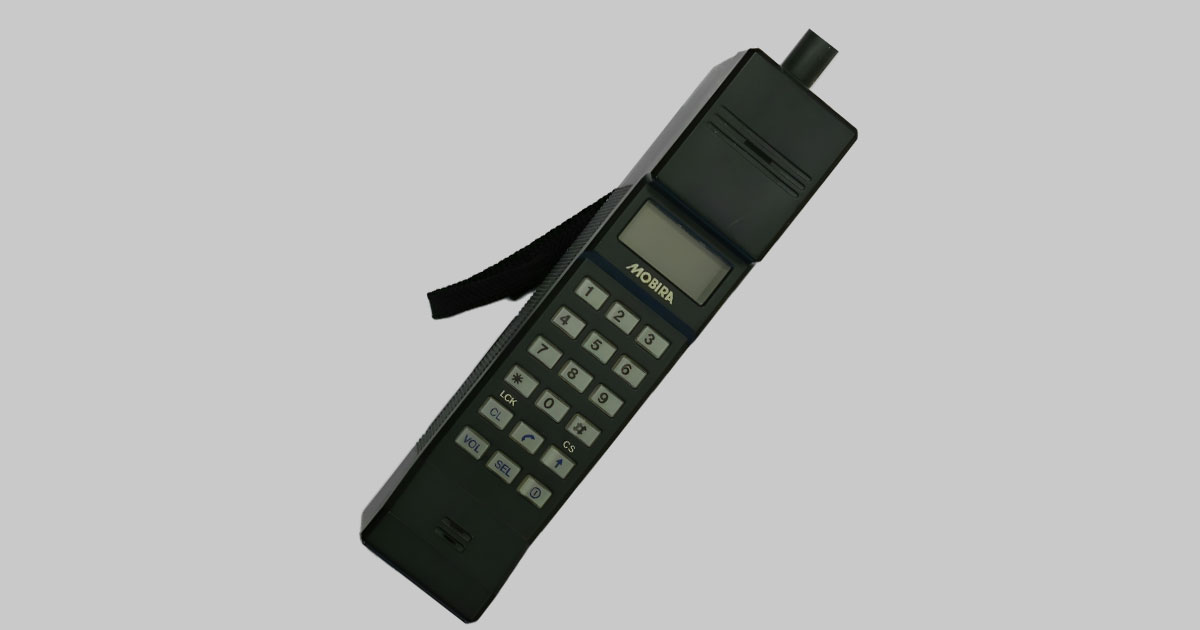The rise and fall of Nokia
By Aniket Gupta | 07 Dec 2023

Starting a business is often risky, but it is well worth the risk when it works.
We have seen the rise of companies that had nothing when they started but are now dominant players in their respective industries. We have also seen companies that started strong but could never dominate their respective industries and then failed over time.
But what has piqued my interest are stories about dominant companies that failed all of a sudden. These companies were once etched into people’s minds but have since become a symbol of nostalgia. One such company, which was the biggest in its industry before it failed catastrophically, is Nokia.
In the 1990s and 2000s, Nokia was the biggest mobile company in the world. The number-one best-selling cell phone of all time to this day was made by Nokia. If you were born in the ‘80s or ‘90s, Nokia probably holds a distinct and sweet memory for you. There is a very high chance that the first phone, or at least the first mobile phone, you owned was one made by Nokia. It had no special features, unlike today’s smartphones. With the first Nokia phones, you could make calls, text someone, and, of course, play the legendary game of snakes. But that was it.

After that, Nokia phones added more features and became even more attractive.
Nokia still exists today. They’re not nearly as big as they were, and they don’t make cell phones anymore. They deal with mobile networks and the infrastructure behind them—things the public normally doesn’t see. And Nokia phones still exist today; they’re made by a company called HMD Global, which is run by former Nokia executives.
How come a company that once had around 40% market share of the mobile industry has such a decline?
To know this, we have to look back a bit to the beginning of Nokia.
Nokia: The beginning
Nokia’s rich history traces back to 1865. Of course, the company was not making cell phones back then; it was a wood pulp and paper company.

In 1865, Finnish-Swede mining engineer Fredrick Idestam set up a wood pulp mill in a town called Tampere in southern Finland. Back then, this region was administered by the Russian Empire. In 1868, to gain access to better hydropower resources, Idestam set up another mill in the town of Nokia, located on the banks of the Nokianvintra River. This is how the company got its name, Nokia.
For the next 100 years, Nokia’s core business continued to be paper-making. As time passed, Nokia ventured into diverse other industries, including rubber, cables, tires, televisions, footwear, and more.
The transformation of Nokia into the company we all know and love started to occur in the 1960s. This was the era when the Cold War began to gain momentum, and the Finnish government, concerned about the disaster scenarios, initiated research and development into military radio and telephone communications.
The manufacturing contract for such equipment was handed over to Nokia, which started developing military-grade radio communications. Later, that got transformed into a civilian radio-car telephone network that spanned the whole country.
In 1981, Nokia entered the mobile market, and for the next decade, it continued to make a diverse set of products. It made cell phones, paper, and rubber, and it even had a power division.

In 1987, Nokia created the Mobile Cityman. That phone made major news headlines because Mikhail Gorbachev, the leader of the Soviet Union at the time, was spotted using it during press conferences. The slogan carried by the Cityman was “straight connection for those of you who need independence.”
By the late 1980s, Nokia was a big company with large sales, but it was not very profitable. This was the time when the Soviet Union broke up and disrupted the economies of many of its neighboring countries. Nokia was also affected by this, and the demand for its products started to dry up across Europe.
Nokia needed to revamp its business strategy to survive the next decade. And that is exactly what it started to do.
Nokia: Connecting people
In 1992, former Citibank employee Jorma Ollila took over as CEO of Nokia. He made some strategic decisions that would shape the next 15 years of the company, which proved to be the golden years of Nokia. In the 1990s, Nokia became the undisputed champion of one of the fastest-growing industries in history, leaving its competitors in the dust.

Ollila decided that Nokia needed to focus. So the company closed down most of its businesses. It cut down on its consumer electronics business, dropped its rubber business completely, and gradually increased its focus on cell phones. Nokia started investing a lot more in the research and development of mobile phones and started to make huge profits with the launch of a new and diverse range of models.
The first milestone in this mobile phone journey occurred in 1992 with the introduction of the Nokia 1011. This groundbreaking device marked the world’s first Global System of Mobile Communications (GSM) digital phone. The first GSM networks were 2G, replacing the old analog 1G systems.
After this innovation, Nokia began to find a groove, showing that it could push the concept of an all-encompassing, do-it-all mobile phone that was more than just a simple transmitter and receiver connected over a network. The company knew that the future was all in the software. With adequate, easy-to-use software, this new phenomenon of a portable talking device could be so much more.

This revolutionary idea was finally realized in the Nokia 2110, released in 1994; it was kind of a big deal at the time. Mobile phones were still big and bulky, for they used large batteries, yet they had very small, almost unreadable displays. When the Nokia 2110 came to market, people were stunned.
The 2110 pretty much went all the way; it had address books, missed calls, and text indicators, and it was the first phone to feature that now familiar Nokia ringtone, which, by the way, was composed over 100 years ago.
[Click here to listen to the ringtone: https://www.prokerala.com/downloads/ringtones/download.php?id=42372]
Not only that, it was one of the very first phones to be able to both send and receive text messages.
The 2110 was an absolute smash hit and went on to become one of the best-selling phones of all time. It pretty much defined the way a business phone should look.
Nokia was still new in this industry, and in 1996, it understood how important software was when it released the Nokia 9000 Communicator. It was like a super-smartphone, going beyond IBM’s idea from 1993. It had a full keyboard, web browsing, email, fax, word processing, and even spreadsheets from the 1990s. Unfortunately, as it turned out, it came out too soon for most people. They couldn’t grasp the idea of an all-in-one phone, and the $800 price made it even harder to buy.
By 1998, Nokia had overtaken Motorola as the largest phone manufacturer in the world. In 1998, another very important event occurred that changed the landscape further in favour of Nokia: the introduction of the mobile operating system.
Nokia’s keen interest in developing software saw the company team up with software called Symbian. Symbian was created by EPOC in the 1980s and was used across Nokia mobile phones.
Symbian has also partnered with other mobile manufacturers, such as Ericsson and Motorola. Unfortunately, although Symbian was very advanced back in the day, it later became one of the reasons for the downfall of Nokia.

Nokia created many more mobile phone models in the early 2000s using the Symbian operating system. It launched the Nokia 5110 in 2000 and the Nokia 1100 in 2003. These models went on to become the best-selling phones of all time. Even today, Nokia mobile phones hold most of the positions in the list of best-selling mobile phones of all time.
In 2002, Nokia released the 6650, the world’s first 3G phone. The company then released the Nokia 7650, its’ first-ever camera phone. This model was featured in the Tom Cruise movie, Minority Report.
Nokia sold 472 million mobile phones in 2008, its best year. In 2008, Nokia’s market share was 38.6%, meaning over a third of all cell phones were made by Nokia. In contrast, Samsung had a 19% market share in 2018, and Apple had 13.4%. Throughout that time, Nokia’s goal was to reach 40%, which they never actually hit.
Nokia: The decline
After 2008, Nokia’s sales started to decline. In 2012, the company dropped to the second position in market share. In the next five years, it went from making a profit of 8 billion euros in a year to losing 1 billion. There were many reasons behind this downfall, such as internal conflicts, a lack of competitiveness within the company, etc.
In 2007, Apple launched the iPhone. That phone, which is now an iconic product, did not do very well in the first year of its launch. Nokia was still dominating the market using its Symbian operating system. But there was one very important difference between Apple and Nokia, which proved fatal for Nokia after some years.
Apple was investing considerable sums to improve its operating systems. This resulted in the high price of its mobile phones. Nokia didn’t feel concerned; it felt that people would still prefer to buy Nokia because of its lower pricing. Nokia had failed to understand that people were willing to spend more on a mobile if it offered cutting-edge features.
Apple, on the other hand, had gambled on cutting-edge software and sleek design and won, attracting hordes of customers. Apple started selling more and more iPhones as time passed. Then, in 2008, Apple launched the iPhone 3G, its next model, with an even better operating system.
Nokia did spend some resources on the further development of its smartphones, but it was not nearly enough. The company, known for its futuristic vision, had failed to anticipate the sudden proliferation of smartphones and the offers of a much greater variety of features.
By the time they realized this, it was too late.
Due to internal conflicts at Nokia, two teams were set up for the development of software for its smartphones. The first team was tasked with revamping its older Symbian operating system, and the second team was tasked with creating a new OS from the ground up.
This was a disastrous decision for the company. For its senior executives, they could not decide which team to give priority to. That, and the internal conflicts between the two teams, resulted in Nokia failing in both of these initiatives.
Nokia’s strengths were making the hardware—the actual physical phone—rather than the software that went into it. The company could not cope with the sudden surge in demand for smartphones with better operating systems.
Then the decline started.
Shift towards Windows
In February 2011, after accepting its failure to compete with iPhones and other smartphones, Nokia announced its decision to move away from Symbian and switch to Windows Phone 7, made by Microsoft, as its main operating system. Later that year, it introduced Lumia, a Nokia phone that used Windows Phone 7.

In 2014, Microsoft made the strategic decision to acquire Nokia’s phone division, encompassing the majority of Nokia’s operations, for $7.2 billion. This move was widely perceived as Nokia’s failure, and, what was worse, just one year later, Microsoft had to acknowledge the acquisition’s shortcomings, recording a staggering $7.6 billion write-off and announcing 7,800 job cuts.
Microsoft is no longer involved with Nokia; it sold it off for $350 million to HMD Global in 2016. Since then, Nokia is still trying to make a comeback with the launch of its G series mobile in 2022, but it has not met success.
One of the biggest business lessons to learn from the Nokia disaster is that in a highly competitive industry like mobile phones, continuous innovation is the only way to survive.
Nokia made some notable innovations in their mobiles in the 1990s but started to become too comfortable in the following years. That complacency ultimately led to the fall of this company, which once ruled the global mobile phone industry.



















